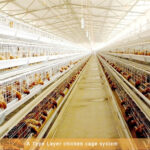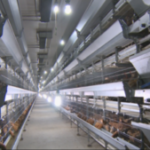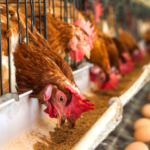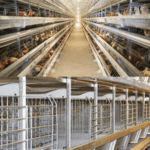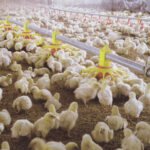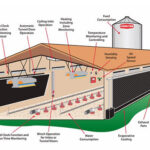Maintain chicken egg production peak
The purpose of raising chicken is to make money, especially when raising layer chicken in poultry cage equipment , and the production of eggs, there will be more income, but the peak of chicken laying is very long, usually 6 months or 6 months. Above, the peak egg production in the first laying period accounts for more than 65% of the whole egg production, and the egg production weight accounts for more than 63% of the total egg weight. It is important to pay attention to the laying of the laying hens, and also pay attention to the laying period, especially the laying of eggs. Feeding management of the peak period.
The normal weight development of laying hens is: weight gain before 40 weeks of age, average daily gain of 2-4 grams at 24 to 40 weeks of age, and then maintain relative balance and increase slightly, once the peak of egg production is found Weight loss means that the body’s energy storage is too much, indicating a drop in egg production rate and an early end of the egg production peak. The daily intake of a laying hen is used for the continued growth of the chicken’s weight, the cost of laying eggs, basal metabolism, and the need for reproductive activities. When designing the feed formula, the exact nutrient standard should be calculated according to the daily energy of the chicken, energy, crude protein, amino acid, calcium, phosphorus, etc. The adjustment of the nutrient concentration should be based on the change of the egg production stage and the change of feed intake. Changes in the content of the two major elements with
protein.
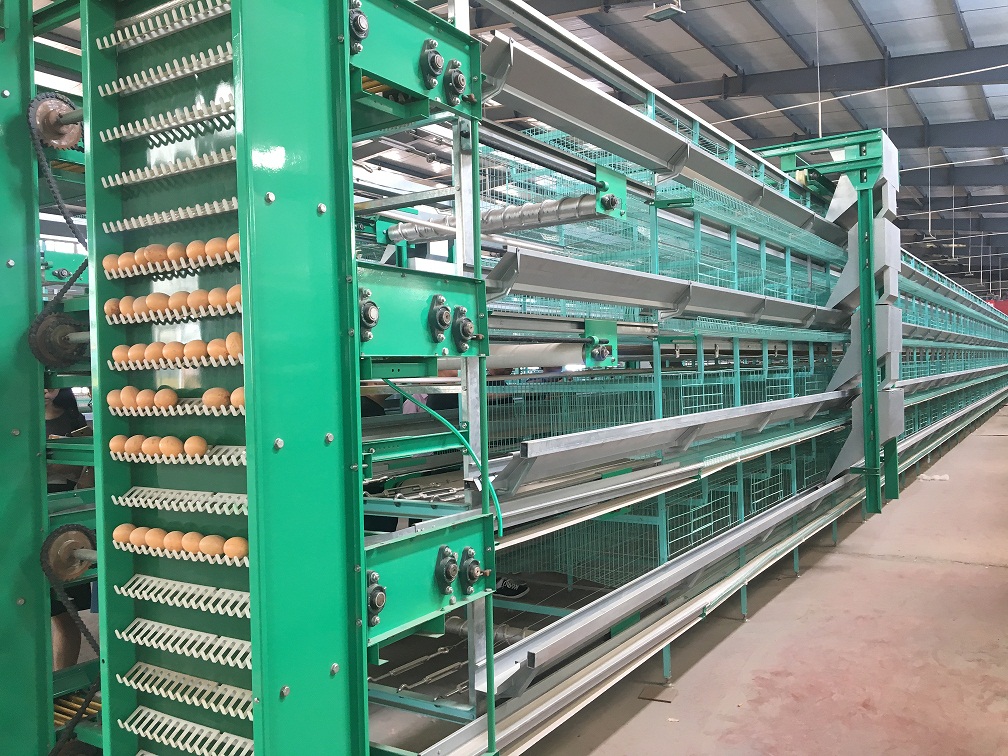
According to empirical data, in the peak period of egg production, light-type varieties need to consume no less than 1255 kJ of metabolism per day, 1380 kJ of medium-sized variety, and 17-18 g and 19-20 g of crude protein, respectively. Multidimensional supply. The quality of the feed at the peak of egg production should be of high quality. For example, feed storage time is too long, insects, mildew, and contaminated raw materials. These feeds should not be used. In addition, some cakes should be used in sunflower, cottonseed, and rapeseed. The amount of cakes should be reduced appropriately. The raw materials used to prepare the feed during peak periods should be as stable as possible. Because of the different regions, the raw materials of different harvest seasons, the nutrients will have a certain difference. If there is no test, it will be used. Although the percentage composition of the feed ratio has not changed, the actual nutritional composition will be different. This leads to differences in nutrient intake and can also cause stress in the birds.
Laying hens are usually in closed poultry cages for sale, and the light intensity is at 20 lux, not too strong. The lighting time during laying should be stable at 16 or 17 hours, not shortened, and the artificial fill light should be kept stable. For example, if the house suddenly stops lighting, shortens the illumination time, and reduces the light intensity, the egg production will suddenly drop. Standardized management, to prevent the feeding and management procedures of stressed hens from being irregular, such as feeding one less meal, drinking water can not meet the supply, and changing the operating procedures at will, such as feeding, quail eggs, clearing the dung, etc. If you do it, you can cause a sudden drop in egg production. The laying hen equipment in the chicken farm was damaged, and the maintenance was not timely, which caused water supply obstacles. Unusual sounds, the presence of strangers, livestock, and feed, disease, and sudden weather are all factors that cause severe stress in the flock and must be avoided. For predictable stress factors, the vitamin supplementation of the hens should be increased according to the vitamin requirements of the stress period before the occurrence of stress factors.

